Last-Minute NYC Holiday Gift Guide 🎁
We’ve created a holiday gift guide with presents for the intrepid New Yorker that should arrive just in time—


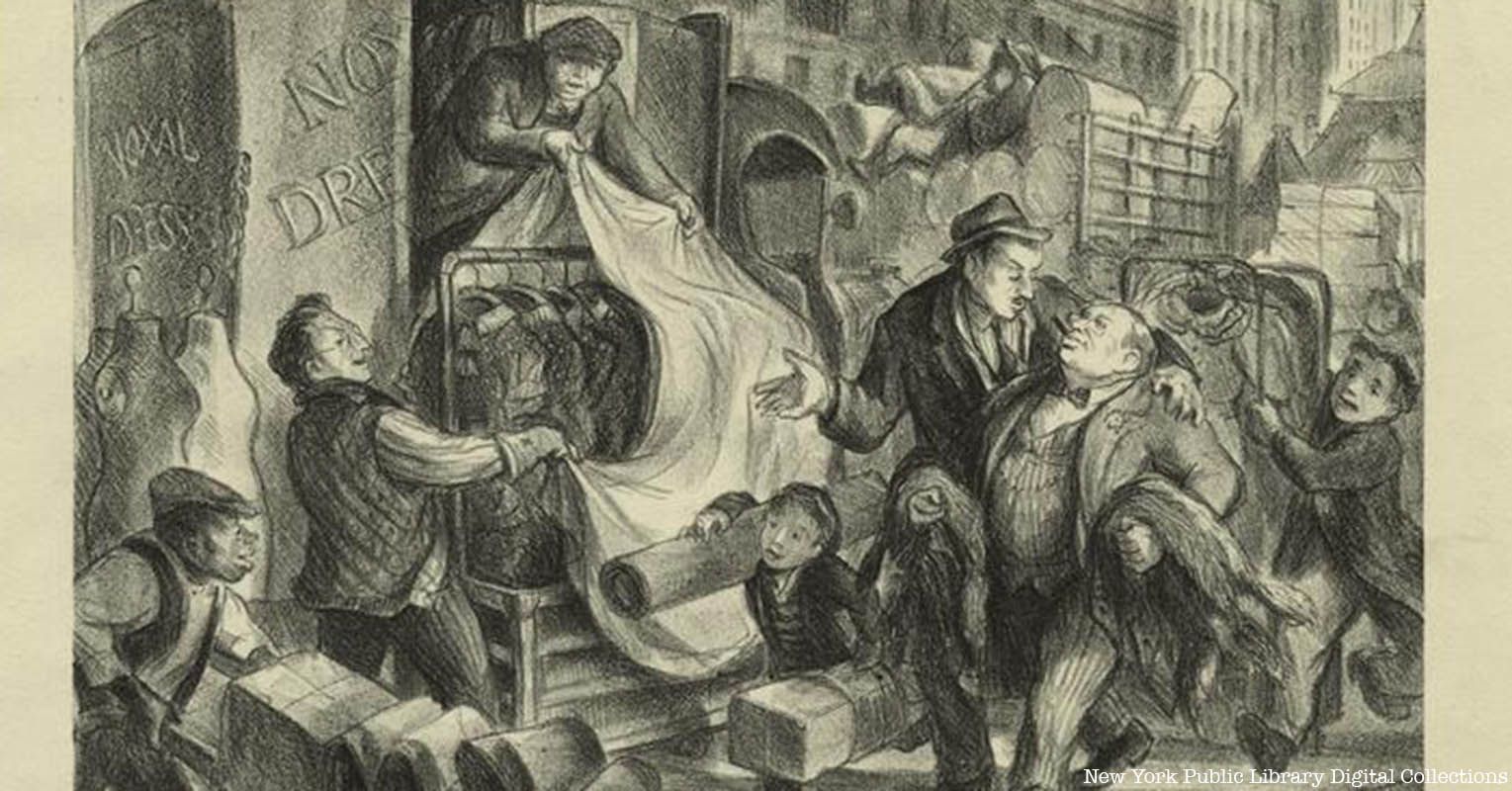
From fashion legends to contemporary designers striving to make their mark on the fashion industry, New York City is full of talented fashion experts revolutionizing the industry. With New York Fashion Week occurring annually since 1943, New York City has established itself as one of the fashion capitals of the world. Designers flock to the city to make their mark on street fashion — and on the closets of New York City’s residents.
From gorgeous wedding dresses to bohemian-preppy ready-to-wear fashion, New York fashion designers have perfected their respective niches in the design world. As the industry changes with each season, new designers fight to sell their clothes to New Yorkers hungry for the newest addition to their wardrobes. Here are 8 fashion designers who have graced New York City with their creativity. Six of these New York fashion designers grew up within New York City’s five boroughs and chose New York City as the home for their brands.
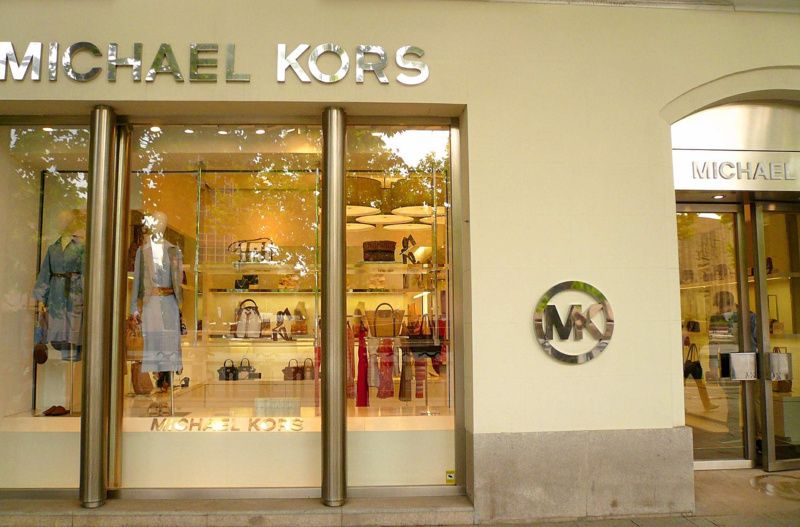
Born on August 9, 1959, in Merrick, Long Island, Michael Kors chose to base his fashion brand in a city close to home: New York. He first moved to the city when studying fashion design at the Fashion Institute of Technology. While in school, he worked at a boutique named Louthar’s, where Dawn Mello, the executive vice president of Bergdorf Goodman, pushed him to design his own line of clothing. Dropping out of school after only two semesters, Kors launched his first fashion line in 1981; it centered around leather pieces and dresses made of a silk-like fabric called crepe de chine. That same year, he started his namesake company out of his apartment in Chelsea. Today, Michael Kors sells luxury accessories and ready-to-wear clothing at large department stores and more than 1,200 of its own stores.
Telling The New York Times, “you are truly only as good as the people you dress,” Kors first found his inspiration from the glamorous fashion in New York City during the 1980s. Today, his inspirations are elegant women like Michelle Obama, Hillary Clinton and Oprah. The New York fashion designer lives with his husband, Lance LePere, in Greenwich Village. Since he moved to New York City, he has always lived within a five-mile radius of his current downtown penthouse.
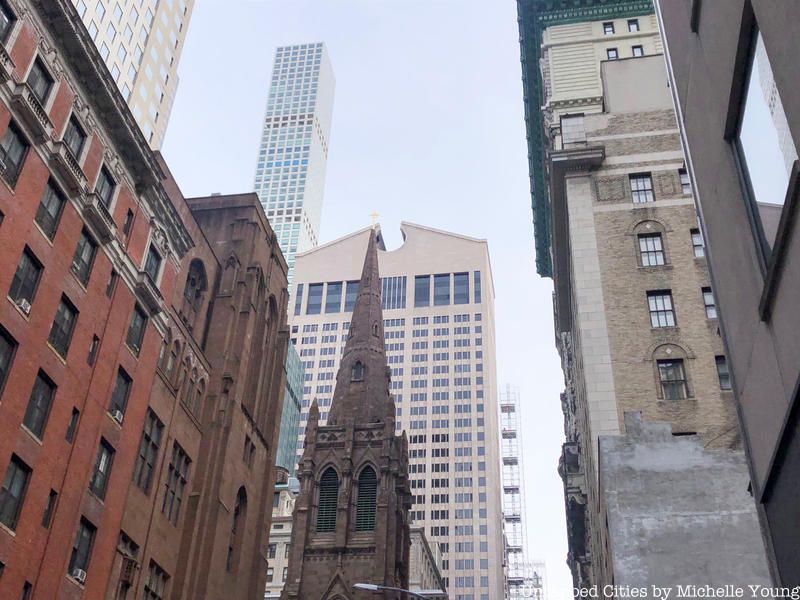
Born and raised on the Upper East Side, Vera Wang attended the Chapin School, a prestigious school for girls. She later enrolled in Sarah Lawrence College on the pre-med track; however, she graduated with degrees in art history and theater. After studying abroad in Paris, Wang worked as a salesperson at Yves Saint Laurent‘s boutique on Madison Avenue. Here, she became immersed in the New York fashion world. The YSL designs appealed to her interests in feminine tomboy style. As a passionate employee, she captured the attention of Frances Patiky Stein, then fashion director of Vogue. He offered her a job at Vogue after she graduated college.
After 15 years at Vogue, Wang interviewed at Ralph Lauren. Intimidating her at first during the interview, Lauren asked Wang what she did not like about his designs. However, her honesty earned her the title “fashion designer.” After her father, a wealthy Chinese immigrant, pushed her to start her own bridal business, she began producing her famed wedding dresses. Today, Wang attempts to bring fashion and a fresh perspective to the wedding industry.
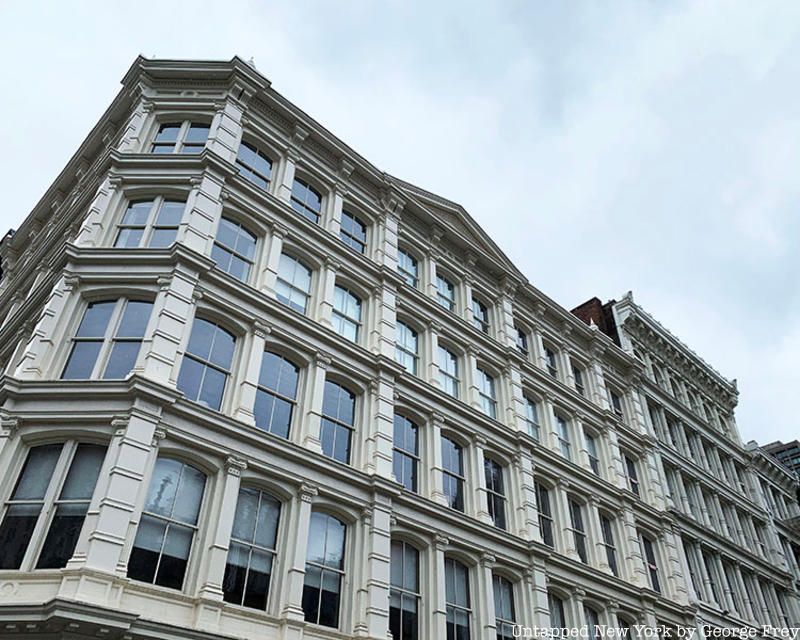
Born in the Bronx to Ashkenazi Jewish immigrants, Ralph Lauren sported both classic preppy wear and vintage clothing as he attended DeWitt Clinton High School. For college, he studied business at Baruch College near Park Avenue South. He is remembered for selling ties to his peers between lectures. Dropping out after two years, Lauren joined the army before taking a job as a salesman at Brooks Brothers.
As he rose in through the ranks of New York fashion designers, Lauren worked for Beau Brummell, a men’s clothing store in New York City. While working there, Lauren designed a line of men’s neckties. With his necktie style established — he preferred those with a wider cut — Lauren convinced Beau Brummell leaders to sell his designs in their stores. This provided the base for his brand Polo Ralph Lauren. Today, Lauren’s company makes billions annually and sells lifestyle products in five categories: apparel, accessories, home, fragrances and hospitality. Although he draws from the preppy East Coast style in his designs, he also looks toward Native American craftsmanship and the Old West dominated by cowboys.

Donna Karan was born in Forest Hills, Queens in 1948. Karan grew up in the height of the fashion world because her father was a tailor and her mother was a model and showroom sales representative in the Garment District. She dropped out of high school to work at a local boutique.
By age 20, Karan applied and was accepted into the Parsons School of Design. Two years into her college career, American fashion designer Anne Kleine hired Karan as an assistant designer. After rising in the ranks at Anne Klein, Karan decided to start her own collection in 1984. This collection, called Seven Easy Pieces, reflected Karan’s needs as a New York woman. She believed other women needed these items as much as herself. Collection items included a bodysuit, a tailored jacket, a skirt, pants, a cashmere sweater, a leather jacket and an evening look. Today, her fashion company, Donna Karan, sells clothes designed for the modern woman.
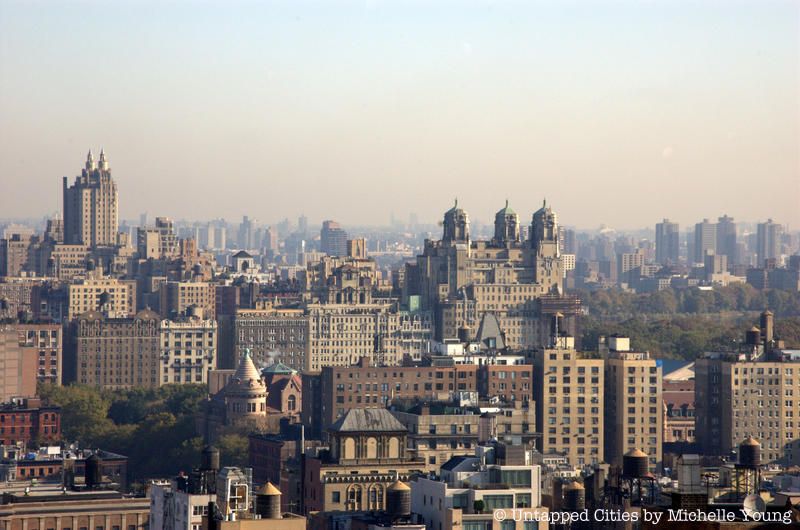
Raised in the New York tri-state area, Marc Jacobs moved from New Jersey to Long Island to the Bronx because of his mother’s serial dating habits and failed marriages. Frustrated with his family life, Jacobs moved to the Upper West Side to live with his grandmother. Here, he flourished, exploring the city, his sexuality and his style. After graduating from the High School of Art and Design in Midtown East, the New York fashion designer studied womenswear design at Parsons School of Design. He applied to the design school because Perry Ellis, a designer at Charivari — the store he worked at in high school — told him he should attend if fashion was his passion. From here, Jacobs moved up in the fashion world, founding his own company in 1984.
Today, many applaud him for designing clothes that inspire fashion trends, and he allegedly inspired the “grunge” trend in the 90s. Jacobs stands out against other New York fashion designers because of his bold New York Fashion Week shows. In 2017, he drew inspiration from old New York nightclubs to present a show with 1,500 lightbulbs hanging from the ceiling and greasy floors. These magical ambiances enhance his clothing for those lucky enough to attend his show.
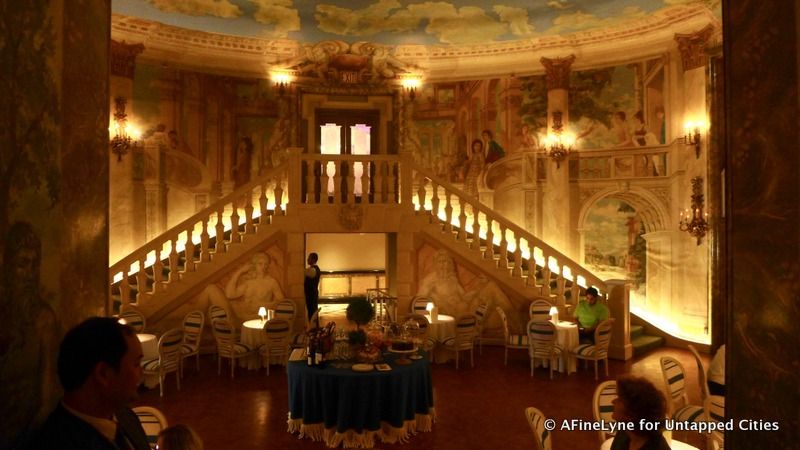
Although born in Pennsylvania, Tory Burch moved to New York City a week after graduating from the University of Pennsylvania. It was from her kitchen table within her Manhattan apartment that she founded her clothing brand Tory Burch LLC. Ten years after Burch founded the company in 2004, she became a fashion billionaire.
With her three sons, the New York fashion designer lives in The Pierre, a hotel near the southeast side of Central Park. Using the colors of the world as her inspiration, Burch designs ready-to-wear fashion that fuses bohemian and preppy styles. In her free time, Burch frequents her favorite restaurants — Lucali and J. G. Melon — and beloved locations throughout the city, according to Vogue. She recommends visiting the Dutch Flower Line at Chelsea Market at 6 a.m. for fresh-cut flowers. Shakespeare’s Garden and Poet’s Alley are also some of her favorite areas within Central Park.
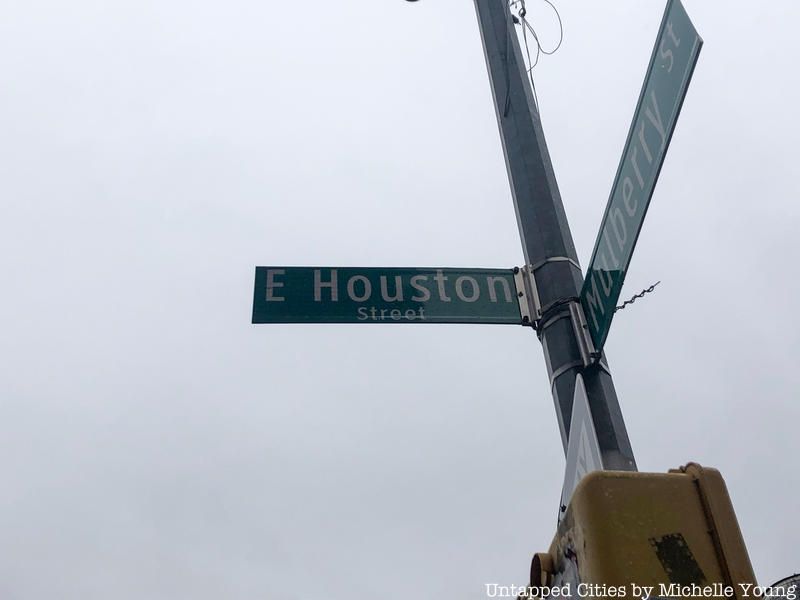
Growing up minutes from Ralph Lauren in the Bronx, Calvin Klein found a love for fashion while he visited his grandmother’s tailoring shop. From here, he sketched his imagined designs before achieving any formal fashion education. After studying at the High School of Art and Design, Klein attended the Fashion Institute of Technology. With his experience interning for Dan Millstein, a suits and cloaks manufacturer based in the Garment District, Klein founded his company with childhood friend Barry Schwartz in 1968. By September 1969, the New York fashion designer was on the cover of Vogue.
Today the Calvin Klein brand sells simple, understated clothing. In New York City, Calvin Klein advertisements have occupied a large billboard on Houston Street since 1999. Standing 55 feet by 75 feet, the billboard has started the careers of many models. In recent years, the Calvin Klein brand has strived to feature underrepresented groups of people. In June 2020, model Jari Jones stared fiercely onto Houston Street as one of a handful of Black transgender models to be featured on the billboard.

Although newer to the fashion scene, Aurora James has used fashion as a “cultural tool” since she founded her brand Brother Vellies in 2013. Wanting a company based on the values of ethical production and sustainability, James pays attention to every step of the production process to ensure humane working conditions for her employees and environmentally friendly materials. Employees produce her designs in South Africa, Kenya, Mexico Morocco, Ethiopia, Burkina Faso, Italy, Haiti and New York City.
With her luxury accessories, the New York fashion designer strives to honor African design practices. Along with leather handbags and purses, James designs shoes of many styles. These shoes include boots, loafers and vellies, a traditional South African shoe shape. She designs these products for a community, rather than a group of customers. It is this same love of community that drives the connections James has with her neighbors and local employees in Greenpoint, Brooklyn. As she walks through the neighborhood, she often greets local postmen, wandering friends and local store owners with a smile. Behind that smile is a passionate woman who fights for Black designers and struggling artisans.
Next, check out the fashion history of New York City outlined in a documentary!
Subscribe to our newsletter